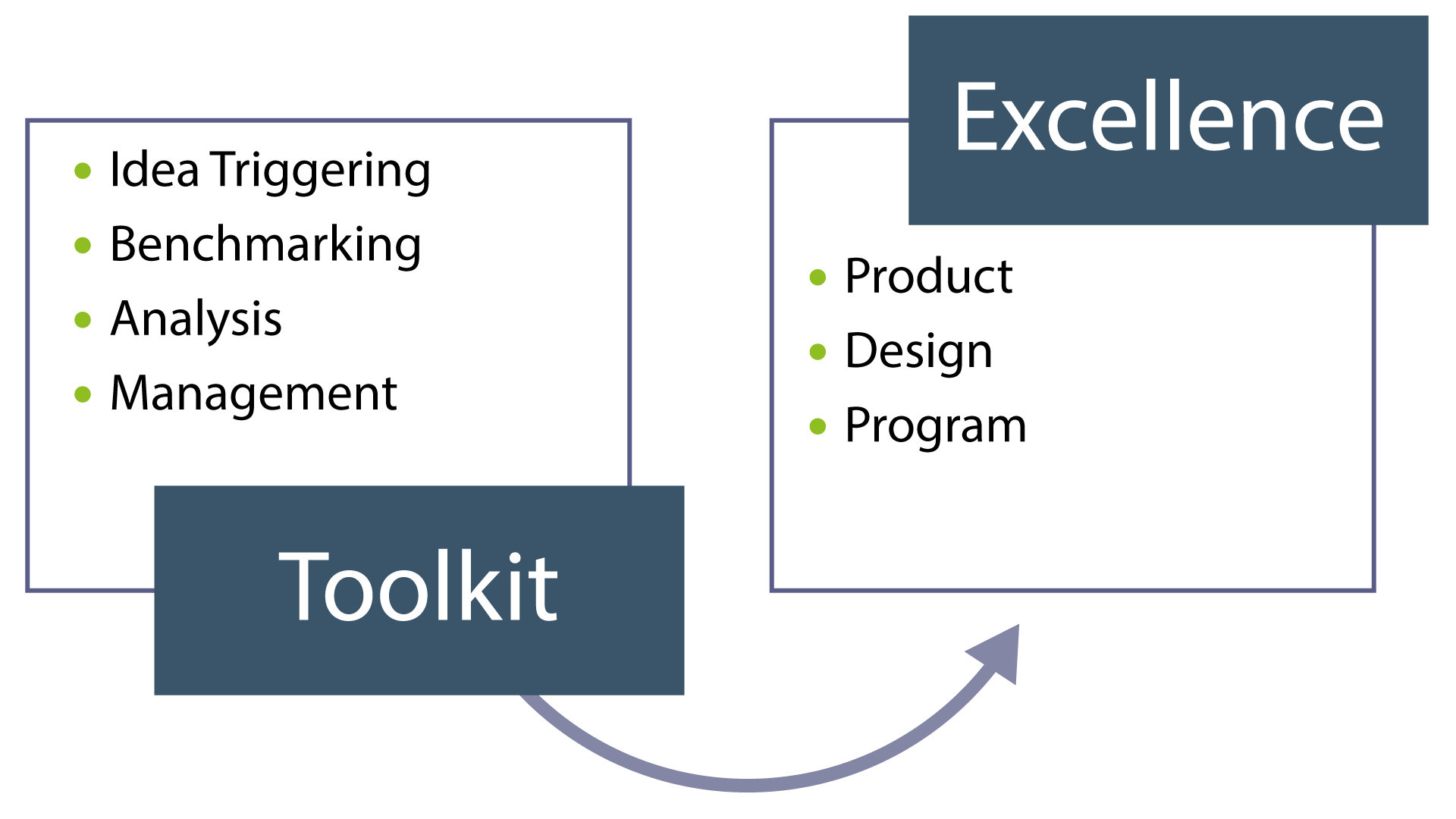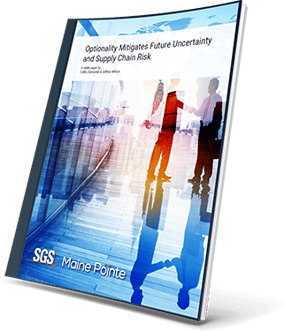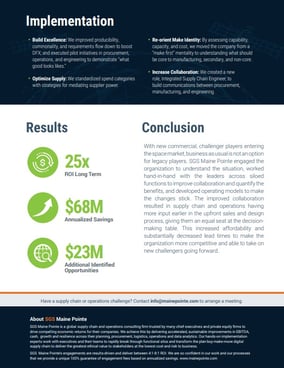Product, Design, and Program Excellence Consulting Services
Companies that practice product, design, and program excellence save costs and increase profits at every stage of the product or program lifecycle—they design to value.
Through product lifecycle management (PLM), obsolescence management, new product introduction (NPI), engineering effectiveness, and complexity management strategies, they increase product quality, market share, and profitability.
As the #1 supply chain and operations consulting firm in North America, we have extensive capabilities in design to value. We help ensure that product, design, and program excellence drives both customer satisfaction and growth.
Submit this form to speak to an SGS Maine Pointe consultant.
Prefer to call? (781) 934 - 5569

What is your design to value perspective?
When you design to value, every function in your organization works together to bridge gaps in meeting customer and company goals and to find the most efficient, cost effective way to deliver. Planning, procurement, operations, and logistics all aim to identify and create value.
Product, design, and program excellence begins by determining what percentage of cost-of-goods sold (COGS) can be influenced and creating a bottoms-up cost model. The design to value process includes benchmarking for price and competition and specification analysis, and a determination of engineering efficiency and effectiveness.

How we add value
Our expertise and unique approach accelerates improvements across planning, procurement, operations, logistics, and finance.
Our design to value toolkit delivers results on a timetable tailored to your business goals.
Step #1: Idea triggering/generation workshops
- Break down silos between planning, procurement, operations, and logistics (including business development and engineering), ensuring that decisions and ideas account for upstream and downstream effects.
- Establish and clarify owner, responsible, consult, and inform (ORCI) roles to increase accountability for follow through.
- Identify gaps in meeting customer and company goals, and work together to fill those gaps.
Step #2: Process and competitor benchmarking
- Conduct region- and segment-specific market price and competitor benchmarking.
- Build a bottom-up should cost model.
Step #3: Specification analysis
- Conduct parametric and direct modeling to incorporate and anticipate product design changes.
- Establish the company environment, targets, and priorities to enable innovation on demand.
Step #4: Complexity management
- Analyze make identity and make-buy decisions.
- Look for modularization and standardization opportunities.
- Create customer and company feedback loops.
Design to Value
We assess your end-to-end supply chain to identify opportunities for immediate impact and ongoing improvement in your products, engineering, and programs.
Our analysis enables you to:
- Increase your competitiveness and market position.
- Better understand your customers and suppliers to turn them into added-value partners.
- Increase engineering efficiency and effectiveness.
- Uncover root drivers of performance across programs.
- Anticipate and prevent risks.
Product Excellence
Product excellence speeds up your response to customer pivots and innovation process. It fine-tunes your strategy to avoid wasted effort and resources and to keep cost-of-goods sold (COGS) in line with your profit goals and the long-term health of your company.
We focus on
- Customer feedback loops
- Supplier performance management
- Clear goals, metrics, and measurements
- Trustworthy data
- Analytics, including spend, should cost, pricing, and functional and lifecycle costs.
Design Excellence
Design for excellence (DfX) begins with customer research and feedback to identify the risks and opportunities in existing and new products. Specification analysis looks at functionality, performance expectations, and conformance with specifications. Complexity management examines ways to reduce customization and increase standardization. An integrated product team ensures that engineering cooperates with all functions in decision making, so that design decisions do not have a negative impact on sales, procurement, operations, and logistics.
We focus on
- Collaboration across functions
- Technology solutions
- Parameter modeling
- Innovation on demand
- Increased revenue, growth, and market share.
Program Excellence
Standardization allows a company to quickly identify and resolve variations. Along with variations, program excellence reduces cycle times, waste, and risk, including financial risk. Program excellence ensures that progress is measured, performance is improved, and commitment is long-term.
We focus on
- Idea triggering and generation
- Gap analysis
- Customer and supplier relationship management
- Personal accountability, resulting from an owner, responsible, consult, inform (ORCI) initiative.
Product/Project Lifecycle Management (PLM)
Stage-based PLM incorporates the data from customer and post-mortem feedback loops and from a sales management operating system (SMOS). At each stage, from planning and qualification through to close, the decision can be made to proceed, proceed with actions, or stop.
We focus on
- New product introduction
- Verification and validation
- Pipeline management
- Obsolescence management.
The Impact of Our Approach
Product excellence benefits
- Increase in Competitiveness
- Increase in Customer Satisfaction
- More Rapid Innovation
- Increase in Profit Margin.
Design excellence benefits
- Configuration Control
- Reduction in Contract Overruns
- Quality Assurance
- Business Strategy Alignment.
Program excellence benefits
- Suppler and Customer Relationship Management
- Clear and Consistent Execution
- Better Communication and Morale
- Decrease in Downtime and Waste.
Product, Design, and Program Excellence Case Studies
| Company Description | Project Scope | Results |
|---|---|---|
|
Public Transportation and Defense Company |
Procurement, DfX, and VMS |
|
|
|
|
|
|
|
|
|
|
Manufacturer and Designer of Solar Panels |
|
|
|
|
|
|
Related Resources
Maximizing EBITDA, Profits, Cash Flow, and Growth from Supply Chain Integration
Ready to speak with a consultant?

Talk to us
From rapid sprints for short-term gains to transformation for competitive advantage we are here to get you there.
Schedule a discussion
Submit this form to speak to an SGS Maine Pointe representative.
Prefer a call? (781) 934 - 5569




